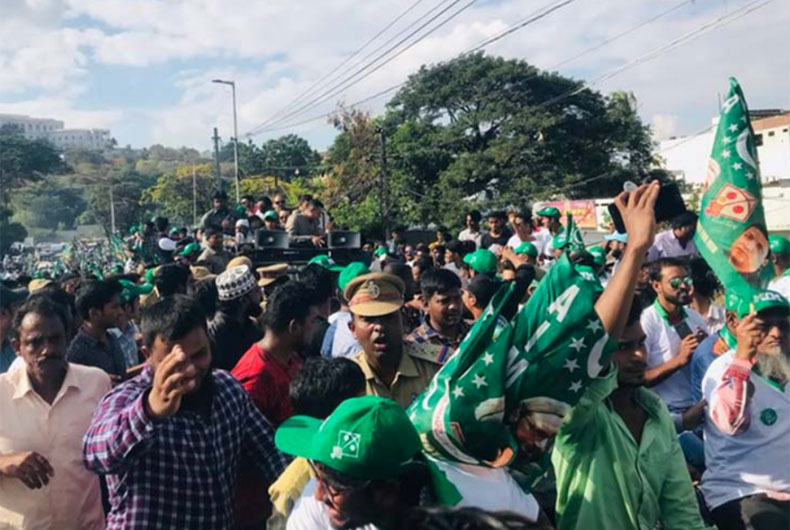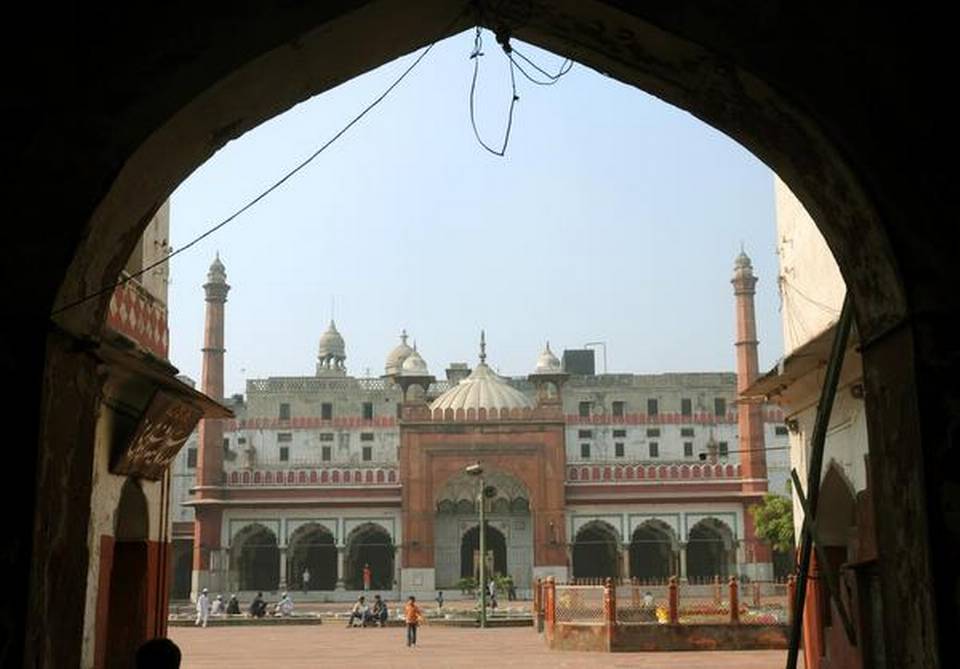Women who patronised Delhi and converted it into a centre of art and culture, besides making it verdant and floral by laying parks and gardens, can be traced right from the time of Bega Begum or Haji Begum who built the beautiful tomb for her husband in Nizamuddin, which became the model for the Taj Mahal. After her, the daughters of Shah Jahan made it a paradisiacal city (just as Nur Jahan had done so earlier in Lahore and Kashmir). They were followed by Qudsia Begum and in recent times, in a small way though, by Lady Willingdon, Aruna Asaf Ali, Indira Gandhi and Sheila Dixit, among others. From the mid-17th century, the social and cultural fabric of Shahjahanabad has borne the stamp of women as during the Mughal era they acquired considerable wealth and influence. Much of what survives in Shahjahanabad reminds us of them and their contribution, compiled from different sources.
The imperial city was given overall shape under the supervision of Shah Jahan himself. His diktat determined the encircling of the city wall and the two main streets, running north-south and east-west, respectively at their junction of the palace complex (Red Fort) and the congregational Jama Masjid. “Within the limits of this centralised plan, it was mainly individual enterprise that led to the creation of commercial, religious, public spaces and homes.” Among the landmarks of the city were its mosques, three of which were commissioned by the wives of Shah Jahan after the death of Mumtaz Mahal – Akbarabadi, Fatehpuri and Sirhindi masjids named after the three. Akbarabadi Begum of Agra built a grand mosque to the south of Red Fort which was demolished by the British after the Revolt of 1857. Akbarabadi Begum was gifted a garden by Shah Jahan to the north-west of the city which came to be known as Aizzabad or Shalimar Bagh. The Begum then built a sarai within it. It was in this garden that the coronation of Aurangzeb took place on the July 31, 1658, after he had deposed Shah Jahan and also the place where Gen Ochterlony caught a chill that led to his death. Another wife of the emperor, Fatehpuri Begum built a mosque at the western end of the street that led from the Red Fort, which is known after her name. The Sirhindi Masjid, just outside the city wall, was built by the third wife, Sirhindi Begum.
Women of influence
Shah Jahan’s elder daughter, Jahanara commanded great influence and resources. She was well-educated and also had leanings towards Sufism. Jahanara’s wealth enabled her to patronise works of learning, like commentaries on Rumi’s Masnavi and for commissioning architectural projects, in which the pride of place was taken by the moonlight square, Chandni Chowk.
Mughal ladies who continued the tradition of Jahanara and Roshanara were Aurangzeb’s wife, Aurangabadi Begum who built a mosque near the Lahore Gate. The emperor’s two daughters, Zinat-un-Nissa and Zeb-un-Nissa, were also great patrons. Zeb-un-Nissa is the author of poems composed under the alias ‘Makhfi’. A skilled calligraphist, she patronised many writers, poets and learned men and commissioned several important books and tracts. She was buried in the Tees Hazari Bagh, inherited from Jahanara, but her tomb is hard to find.
Her sister Zinat-un-Nissa built a grand mosque beside the Yamuna in 1700 which is called Ghata Masjid now, her tomb, north of the mosque, was demolished in the aftermath of 1857 while the mosque was used as a bakery for British troops.
Story of Sunehri Masjid
Qudsia Begum laid Qudsia Bagh to the north of the city in 1748 whose grand buildings and a mosque were badly damaged during 1857. She also constructed Sunheri masjid near the southern gate of the Red Fort in 1751, whose dome were originally gilt-covered. A noted Shia, she constructed a number of buildings in Jorbagh, at the Dargah of Shah-e-Mardan, the shrine of the footprint of Hazrat Ali. Fakhr-ul-Masjid, near Kashmeri Gate, was built in 1728-29 by Kaniz Fatima in memory of her husband, Shujat Khan, a commander of Aurangzeb’s time who was killed during a military campaign in Kandhar.
Rabia Begum built a palatial house south of the Jama Masjid in the 18th Century. She was the wife of Muhammad Khan Bangash, the Governor of Farukkhabad, Agra and Allahabad. Rabia also commissioned a number of other structures, including Pul Bangash. Some buildings are named after unknown women such as Burhiyas’ (old women’s) mosques, two other anonymous ladies built Mir Afzal’s mosque in the Lal Kuan area in 1806. In fact, there were a large number of mosques and temples built by women at that time. These included three mosques, a Kali temple and several Shiva temples. Mubarak Begum, a dancing girl, built a mosque in Lal Kuan which came to be known as “Randi-ki-Maszid”. But now it is known after her name. She was the chief mistress of Gen Ochterlony. Better known than her and other 18th Century women was Begum Samru, a Kashmiri dancing girl of Chandni Chowk who had married the European military adventurer, Walter Reinhardt ‘Sombre’. His nick name, Sombre, or ‘dark’ was corrupted to Samru. After his death, his begum inherited the estate of Sardhana. She also successfully led military expectations and made astute political alliances.
Zinat Mahal was the wife of Bahadur Shah Zafar who became a powerful influence within the palace, and controlled a good deal of wealth. In 1846, she built a mansion in Lal Kuan Bazar. Her aim was to establish herself in the city, so that when the emperor died, her property and person would not be under the jurisdiction of the new emperor, who might be one of his older sons. So how can one overlook the contribution of women (royal or not) to Delhi’s grandeur?
source: http://www.thehindu.com / The Hindu / Home> Society> History & Culture / by R.V. Smith / December 10th, 2018










